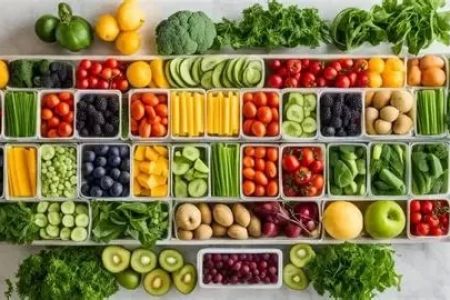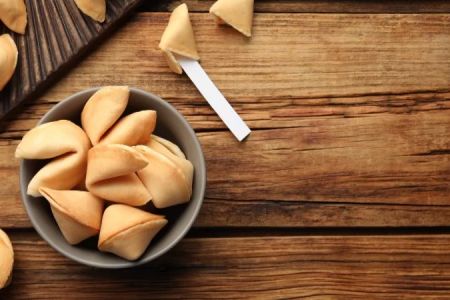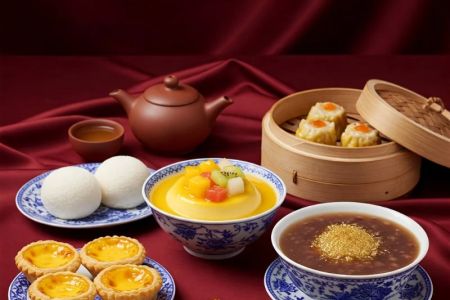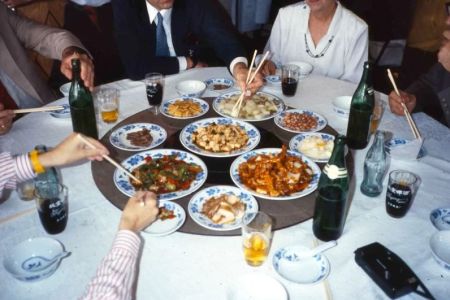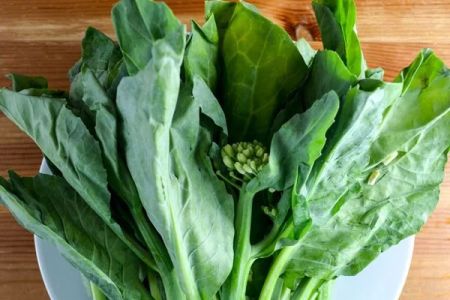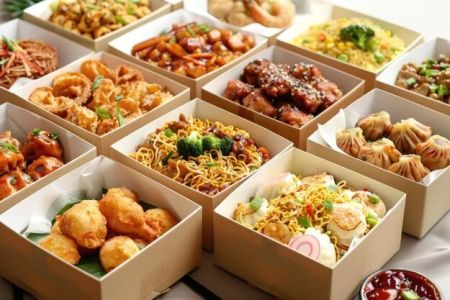- 1-What Are Chinese Noodles?
- 2-Types of Chinese Noodles for Wonton Soup
- 3-Types of Chinese Noodles for Lo Mein
- 4-The Difference Between Wonton Soup and Lo Mein Noodles
- 5-How to Cook Chinese Noodles for Each Dish
- 6-Conclusion: Choosing the Right Noodles for Your Dish
1. What Are Chinese Noodles?
Chinese noodles are a cornerstone of Chinese cuisine, playing a role in a wide variety of dishes. These noodles can be made from different grains, including wheat, rice, and even mung beans. The texture, shape, and preparation method vary depending on the dish, with each type serving a specific purpose. For example, some noodles are better suited for soups, while others are perfect for stir-fries or cold salads. In this article, we'll focus on the different types of noodles used in popular Chinese dishes like wonton soup and lo mein.
2. Types of Chinese Noodles for Wonton Soup
Wonton soup is a beloved dish in Chinese cuisine, and the noodles used play an essential role in its flavor and texture. While there are several types of noodles that can be used, the most common are:
- Egg Noodles: Egg noodles are the most popular type of noodle used in wonton soup. They are made with wheat flour and eggs, giving them a rich texture and yellow color. Their slightly chewy consistency holds up well in broth without becoming mushy.
- Thin Wheat Noodles: These noodles are made from wheat flour and water, without the addition of eggs. They are often used in lighter wonton soups and have a more delicate texture, which soaks up the broth beautifully.
- Rice Noodles: For a gluten-free option, rice noodles are sometimes used in wonton soup. They are thinner and more fragile than wheat noodles, absorbing the broth quickly and offering a smooth, soft texture.
When preparing wonton soup, it’s important to choose noodles that complement the broth. Richer broths benefit from the heartiness of egg noodles, while lighter broths are best paired with rice or thin wheat noodles.
3. Types of Chinese Noodles for Lo Mein
Lo mein is another classic Chinese dish, known for its stir-fried noodles and flavorful sauce. The types of noodles used for lo mein are specifically designed to hold up during stir-frying, and their texture can make all the difference in the dish. The most common types of noodles used are:
- Fresh Egg Noodles: These noodles are made with wheat flour and eggs, providing a smooth, chewy texture that’s perfect for stir-frying. They absorb the sauce well and maintain their shape, making them the go-to choice for lo mein dishes.
- Chow Mein Noodles: Chow mein noodles are similar to egg noodles but are typically pre-fried, giving them a crispier texture. While they are often used in chow mein, they can also work for lo mein if you’re looking for a bit of crunch and contrast to the tender vegetables and meat in the dish.
- Rice Noodles: For a gluten-free version of lo mein, rice noodles can be used. Though they are less common in traditional lo mein, rice noodles can still absorb the flavors of the sauce and add a unique texture to the dish.
Lo mein noodles should be able to withstand stir-frying while soaking up the savory sauce. Fresh egg noodles are the ideal choice for this dish due to their sturdy texture, while chow mein noodles add an extra crunch that some people prefer.
4. The Difference Between Wonton Soup and Lo Mein Noodles
Although both wonton soup and lo mein are classic Chinese dishes, the noodles used in these dishes are quite different. Here’s a breakdown of the key differences:
- Texture: Noodles in wonton soup tend to be softer and thinner, as they’re meant to absorb the broth without becoming too soft. On the other hand, lo mein noodles are generally firmer and thicker, designed to hold up during stir-frying.
- Preparation: Wonton soup noodles are typically boiled and served in broth, whereas lo mein noodles are boiled and then stir-fried with vegetables, meats, and sauces.
- Flavors: The noodles in wonton soup are intended to be subtle, complementing the flavors of the broth and wontons, while lo mein noodles absorb and enhance the flavor of the stir-fry sauce, making them more flavorful on their own.
5. How to Cook Chinese Noodles for Each Dish
Cooking Chinese noodles for dishes like wonton soup and lo mein requires a few different methods. Here’s how to cook the noodles for each dish:
- For Wonton Soup: Bring a large pot of water to a boil and add the noodles. Cook them according to the package instructions, typically for about 3-5 minutes, until they are tender but still firm. Drain and add to the broth, allowing them to soak up the flavors of the soup.
- For Lo Mein: Boil the noodles until they are al dente, then drain and set aside. In a separate wok or pan, stir-fry your vegetables and proteins with some oil. Add the noodles and sauce to the pan, tossing everything together until the noodles are evenly coated and heated through.
6. Conclusion: Choosing the Right Noodles for Your Dish
Understanding the different types of Chinese noodles for wonton soup and lo mein is essential for preparing an authentic and delicious dish. Whether you’re making a comforting bowl of wonton soup or a savory plate of lo mein, selecting the right noodles can make all the difference in achieving the perfect texture and flavor. Experiment with different types of noodles to find the combination that best suits your tastes. For all your Chinese food needs, visit Chinese Food for a wide range of authentic ingredients and products to help you create the best dishes at home.


